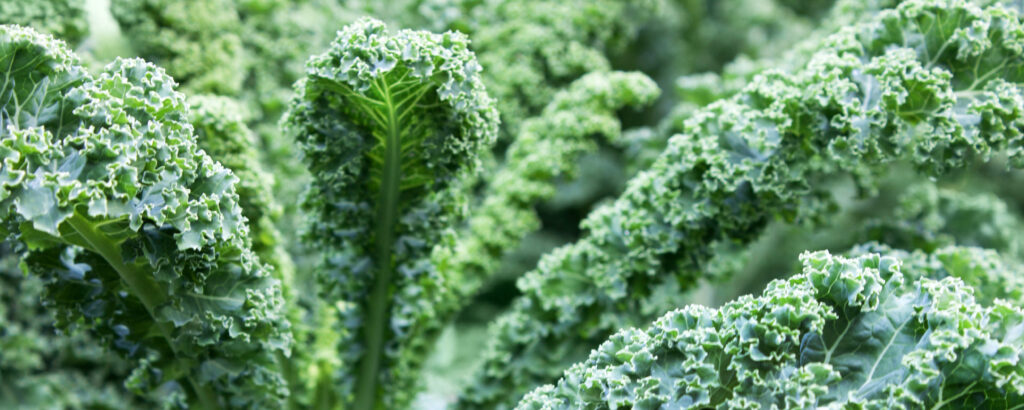- Choose Resilient Varieties: Select brassica varieties that are well-suited to your climate and soil conditions, prioritizing those adapted to a nature-based approach.
- Start with Healthy Soil: Brassicas thrive in well-draining, nutrient-rich soil. Incorporate plenty of organic matter such as compost or aged manure to improve soil structure and fertility, aligning with a nature-based gardening approach.
- Rotate Crops: Rotate brassica crops with other plant families annually to prevent soil depletion and minimize pest and disease buildup, a key practice in nature-based gardening that maintains soil health and biodiversity.
- Plant at the Right Time: Brassicas prefer cool weather, so plant them in early spring for a summer harvest or late summer for a fall harvest, following the seasonal rhythms emphasized in nature-based gardening.
- Provide Adequate Sunlight: Brassicas need full sun to thrive, so choose a location in your garden that receives at least 6-8 hours of sunlight per day for optimal growth and productivity, in line with nature-based principles.
- Space Plants Appropriately: Give brassica plants enough space to grow and receive adequate airflow, typically 18-24 inches apart in rows spaced 24-36 inches apart, promoting healthy growth and reducing the risk of disease through a nature-based approach.
- Mulch to Conserve Moisture: Apply a layer of organic mulch around brassica plants to conserve soil moisture, suppress weeds, and regulate soil temperature, a practice compatible with nature-based gardening that fosters soil health and biodiversity.
- Water Consistently: Brassicas require consistent moisture throughout the growing season, especially during hot, dry periods. Water deeply and regularly, aiming to keep the soil evenly moist but not waterlogged, in accordance with nature-based gardening principles.
- Protect from Pests: Implement natural pest control methods such as companion planting, row covers, and introducing beneficial insects to manage pest populations without harming the environment, consistent with a nature-based approach to gardening.
- Fertilize Naturally: Use organic fertilizers such as compost, fish emulsion, or seaweed extract to provide essential nutrients to brassica plants, promoting soil health and microbial activity in a nature-based garden.
- Harvest at the Right Time: Harvest brassicas when they reach maturity but before they become overripe or bolt, respecting the natural growth cycles of the plants in a nature-based garden.
- Save Seeds: Consider saving seeds from your brassica plants for future plantings, promoting seed diversity and self-sufficiency in your nature-based garden.
- Observe and Learn: Pay attention to your brassica plants’ growth habits, pest interactions, and overall health, using observation to inform your gardening practices and support the natural balance of your garden ecosystem.
